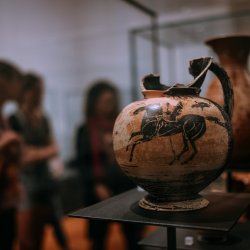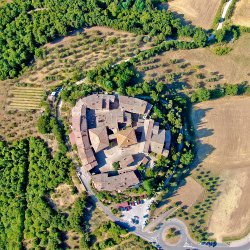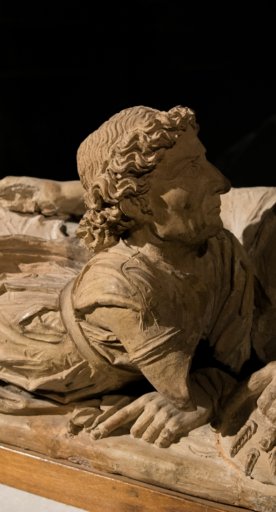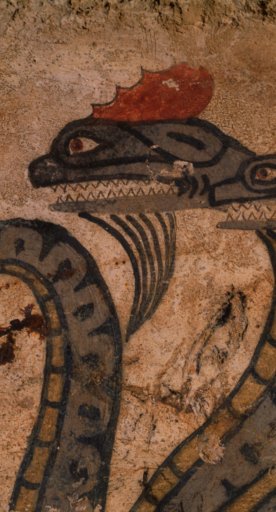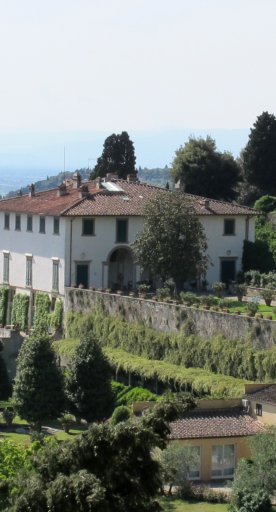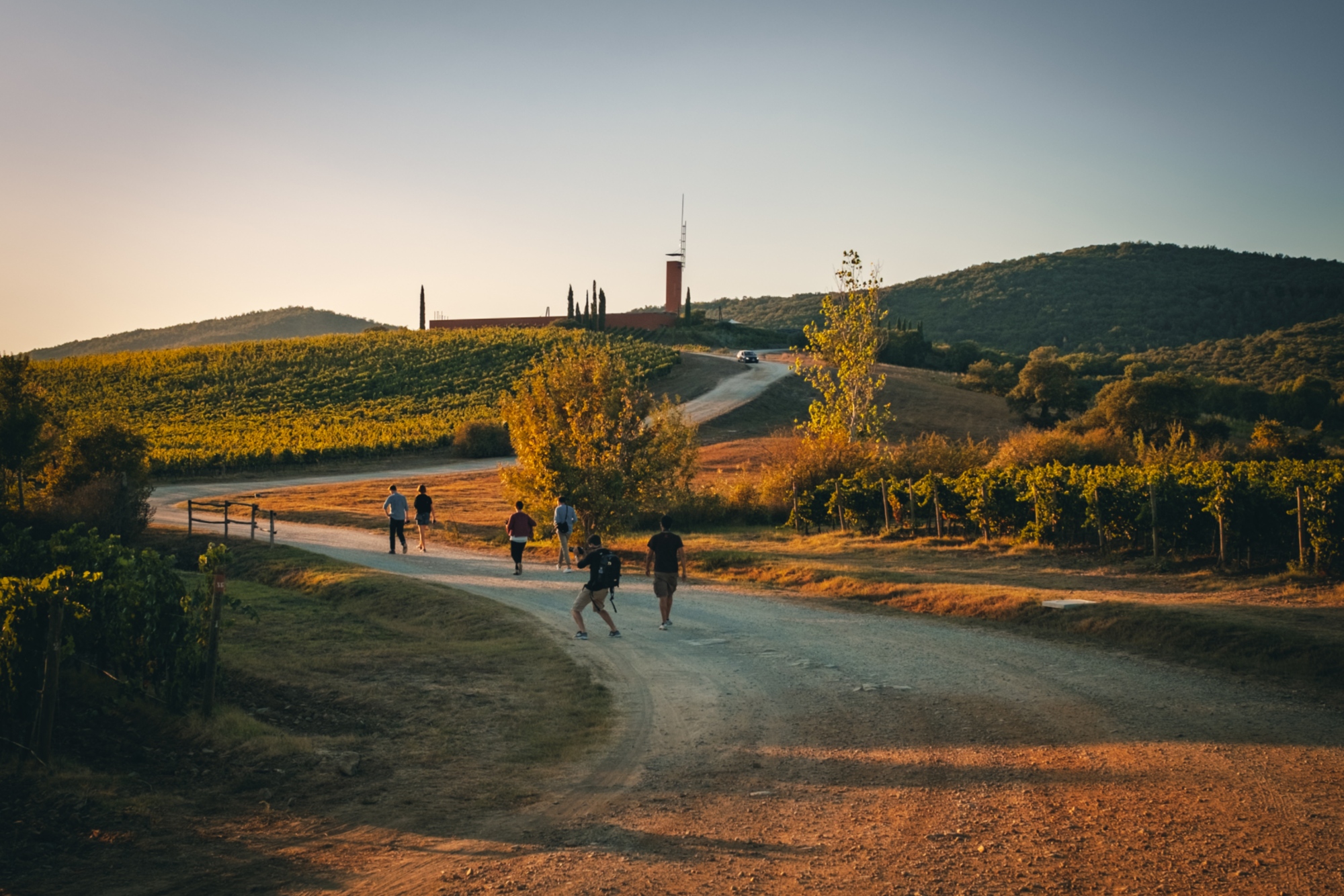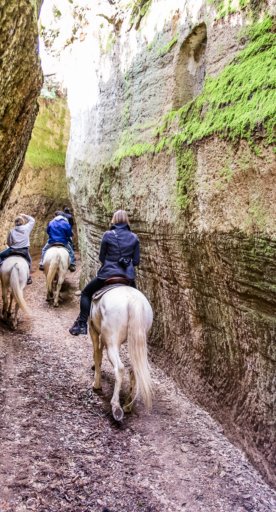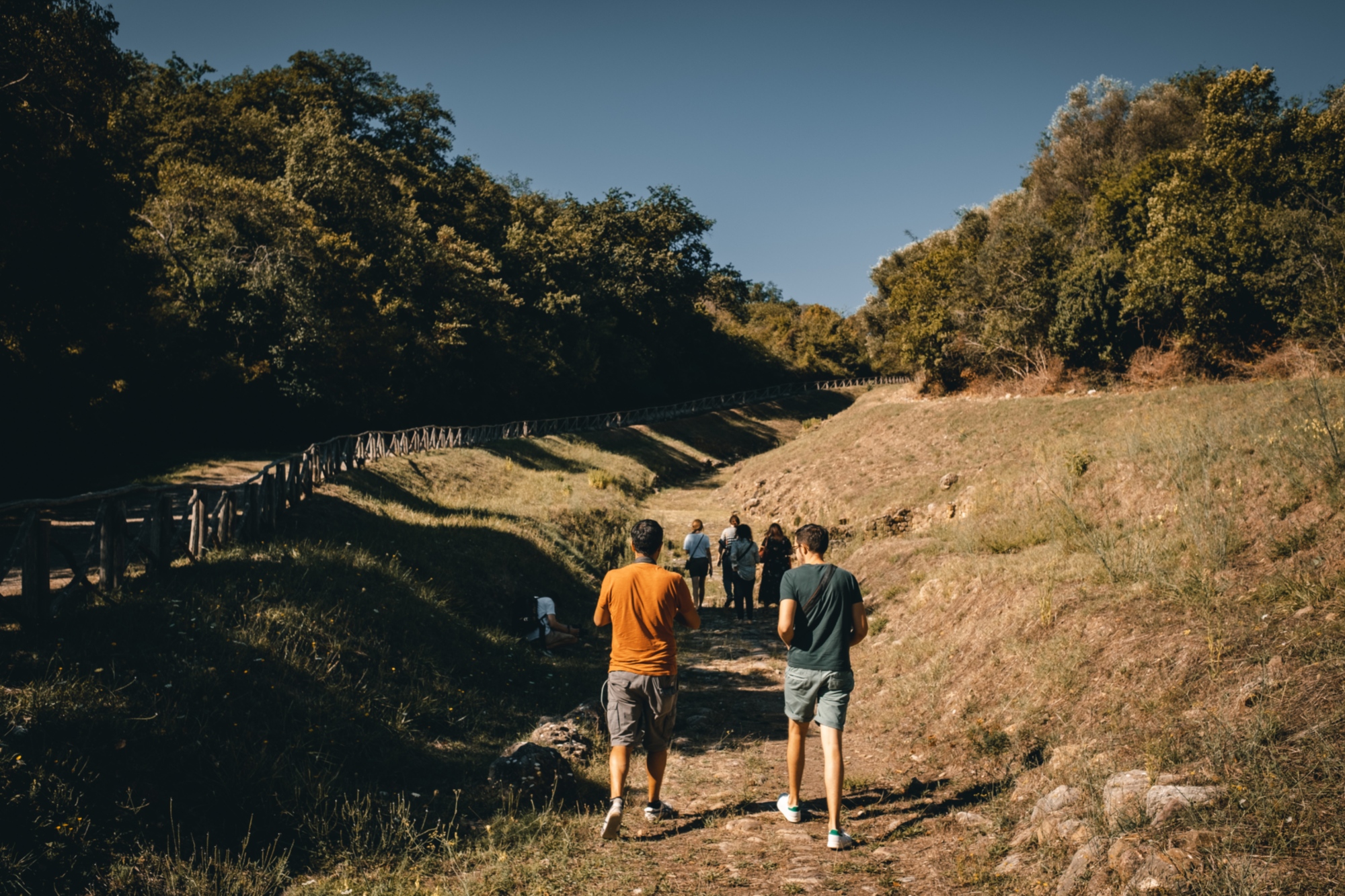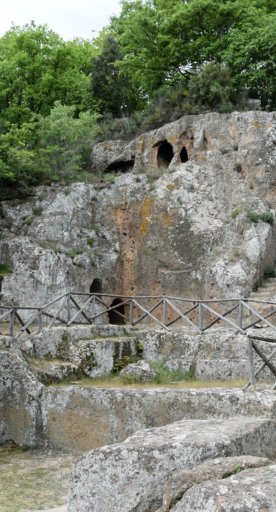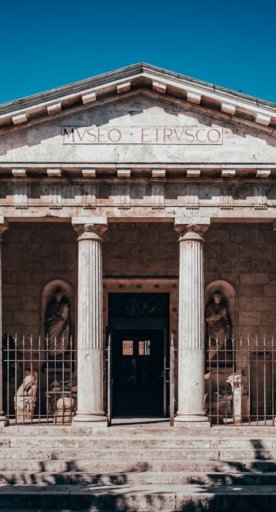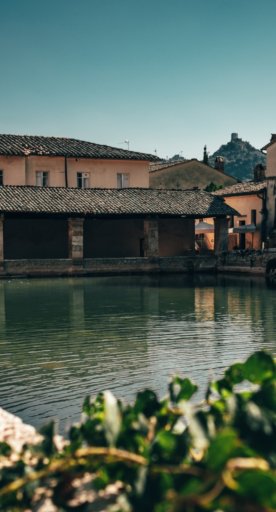

The not-to-be-missed Etruscan museums in Tuscany
Not just great exhibitions, but real journeys into the world and stories of the Etruscans
The cradle of the most fascinating and mysterious civilisation, Tuscany is home to an Etruscan heritage of inestimable value that could not be lost or kept under wraps, or be the mere prerogative of a few workers in the archaeological field. An engaging way to discover, learn about, and experience the people who dominated Tuscany and central Italy before the Romans is offered by the many museum itineraries and collections established somewhat throughout Tuscany. Accommodated mostly in exceptional historical frames, here are the main archaeological museums that preserve real Etruscan treasures.
-
1.MAEC of Cortona
-
2.Archaeological Museum of Casentino
-
3.MuVet of Vetulonia
-
4.Chianciano Terme Civic Archaeological Museum of the Waters
-
5.Etruscan Museum of Chiusi
-
6.Civic Archaeological Museum of Sarteano
-
7.Etruscan Museum of Populonia Gasparri Collection
-
8.Archaeological Museum of Artimino
-
9.Etruscan Museum of Murlo
-
10.Civic Archaeological Museum of Castiglion Fiorentino
-
11.Archaeological Museum of Cecina
-
12.Archaeological Museum of San Gimignano
-
13.Archaeological Collection - Pallavicini Collection of Trequanda
MAEC of Cortona
Housed in the 14th-century Palazzo Casali in the heart of the splendid town of Cortona, the Museo dell’Accademia Etrusca e della Città di Cortona (Etruscan Academy Museum of the City of Cortona) has one of the largest archaeological collections, including important finds such as the Etruscan chandelier. Evidence unearthed since the 19th century in the surrounding area, which is now also affected by an archaeological park involving about 20 sites including tombs and altars.
Archaeological Museum of Casentino
Surrounded by the Casentino forests, the most beautiful in Tuscany, the Piero Albertoni Archaeological Museum of Casentino is situated in the heart of Bibbiena and houses a collection of bronze votive statuettes of Etruscan origin, which emerged from the Lake of Idols on a slope of Mount Falterona. Some of the approximately 14,000 artefacts found here represent the main archaeological finds of the entire Casentino valley.
MuVet of Vetulonia

In the hinterland of Castiglion della Pescaia, in the historical center of the town of Vetulonia, seven rooms accessible to everyone and filled with grave goods and various artefacts from the nearby Etruscan necropolises make up the Isidoro Falchi Civic Archaeological Museum. Among the most important exhibits is the stone stele of the warrior Auvele Feluske, an image that has become the museum's logo.
Chianciano Terme Civic Archaeological Museum of the Waters
Housing one of the most important collections of Etruscan canopic urns, the Chianciano Terme Civic Archaeological Museum of the Waters is also one of the most impressive and complete Etruscan museums. The life-size reconstruction of an Etruscan temple pediment, adorned with statues and various artefacts found in the thermal area known as “I Fucoli”, can be admired in one of the rooms.
Etruscan Museum of Chiusi
Established in 1871 shortly after the unification of Italy, the National Etruscan Museum of Chiusi displays a rich collection of grave goods, in particular canopic urns, statues and cinerary vases, including the “Coperchio dell'abbraccio” (Lid of the Embrace) and the Sphinx, which has become the symbol of the museum. Artefacts have been found in the tombs dotting the town, the Tomb of the Lion, the Tomb of the Pilgrim and the famous Tomb of the Monkey, which preserves one of the few local examples of Etruscan painting.
Civic Archaeological Museum of Sarteano

Between the magnificent Val di Chiana and the equally appealing Val d'Orcia, the town of Sarteano houses the homonymous Civic Archaeological Museum in the rooms of the historic Palazzo Gabrielli. The archaeological exhibition includes material found in the necropolises in the area, and in particular, in the Pianacce necropolis to which one room has been dedicated with a reconstruction of the famous painting of the Infernal Chariot, which can be visited in the nearby Pianacce park, another more unique than rare example of a painted tomb.
Etruscan Museum of Populonia Gasparri Collection

Picturesque Populonia, a unique example of an Etruscan city by the sea, houses the Etruscan Museum of Populonia Gasparri Collection within its ancient walls. A collection of precious archaeological materials from the private collection of the Gasparri family found in the necropolises of the gulf of Baratti and the area surrounding the town of Populonia.
Archaeological Museum of Artimino
Immersed among the picturesque hills of Artimino, on the slopes of Montalbano, the Francesco Nicosia Archaeological Museum is housed in the former wine cellars of the small but charming center of Artimino and offers a path to discover the Etruscan history of the area by preserving the remains unearthed in the necropolises of Prato Rosello and Comeana.
Etruscan Museum of Murlo
In the heart of the small village of Murlo, the eponymous archaeological museum, the Antiquarium of Poggio Civitate, takes its place in a historic setting such as the Bishop's Palace. The extensive collection on display comes from the surrounding area, from the necropolis of Poggio Aguzzo and mainly from Poggio Civitate, an important settlement of Etruria in the form of a princely palace, built on the connections between the hinterland and the coast.
Civic Archaeological Museum of Castiglion Fiorentino
The Cassero area of Castiglion Fiorentino, with the homonymous tower standing over the square, has been a site of great finds which were part of a sanctuary of the pre-existing settlement of Castiglion Fiorentino. Together with the finds discovered in the ancient Etruscan settlement of Brolio Melmone, the Archaeological Civic Museum of Castiglion Fiorentino exhibits a rich collection of Etruscan artefacts.
Archaeological Museum of Cecina
Almost overlooking the sea, the Archaeological Museum of Cecina has an itinerary that showcases important finds discovered in the Lower Val di Cecina from the Etruscan period and beyond. Starting with the grave goods of Tomb A of the necropolis of Casa Nocera in Casale Marittimo, there are also weapons, furnishings, valuables and a banquet service made of bronze and iron. The archaeological exhibition continues with precious material of Etruscan and Greek origin from the Orientalizing period, from the ancient aristocratic settlement of Casalvecchio and the tombs of the surrounding area.
Archaeological Museum of San Gimignano
The pearl of the Val d'Elsa famous for its unspoilt medieval atmosphere, San Gimignano preserves a far more distant history. An exhibition center housed in the monastery of Santa Chiara, in addition to the Spezieria of Santa Fina and the “Raffaele De Grada” Gallery of Modern and Contemporary Art, houses the Archaeological Museum with its exhibition featuring the collection of remains found in the area, mainly in the localities of Pugiano, Cellole and La Ripa.
Archaeological Collection - Pallavicini Collection of Trequanda

The splendid territory of Trequanda is rich in historical evidence dating back to Etruscan times; an archaeological heritage of the economist Giancarlo Pallavicini and made available to all in the historical heart of Trequanda. Bronze tools and artefacts, ceramics from the Villanovian period and black-figure vases are just some of the precious finds in the collection.

